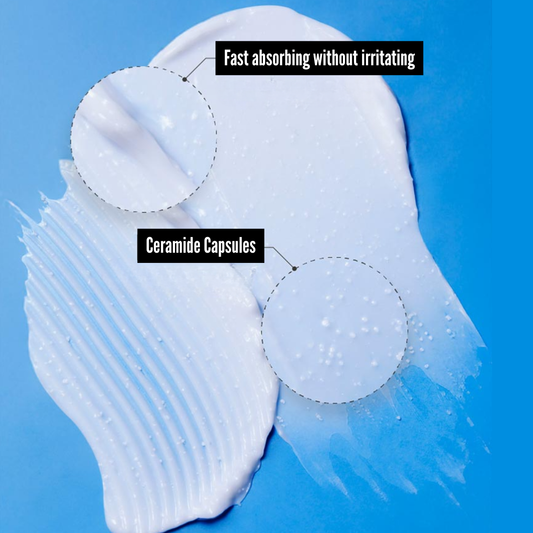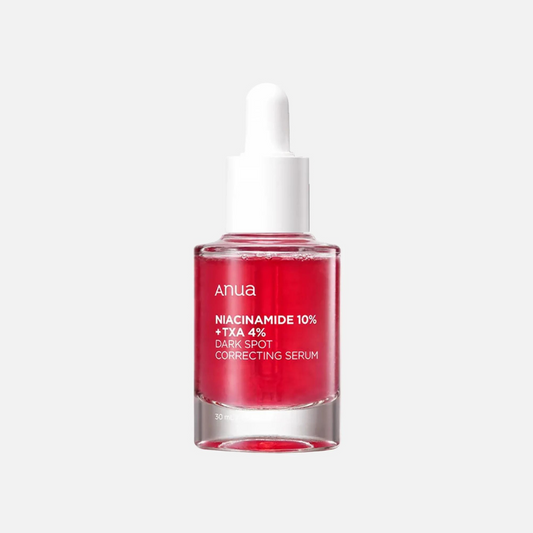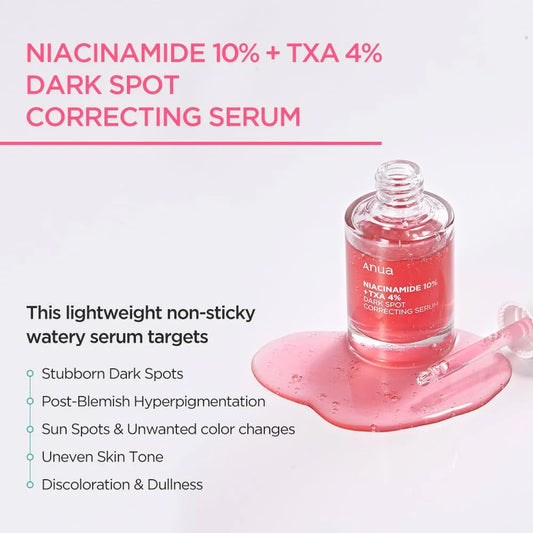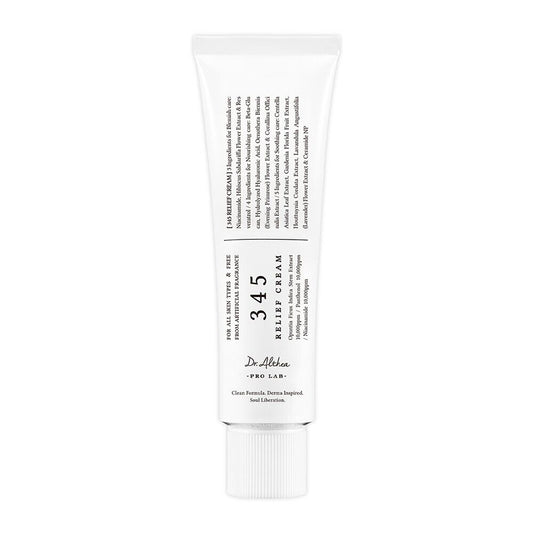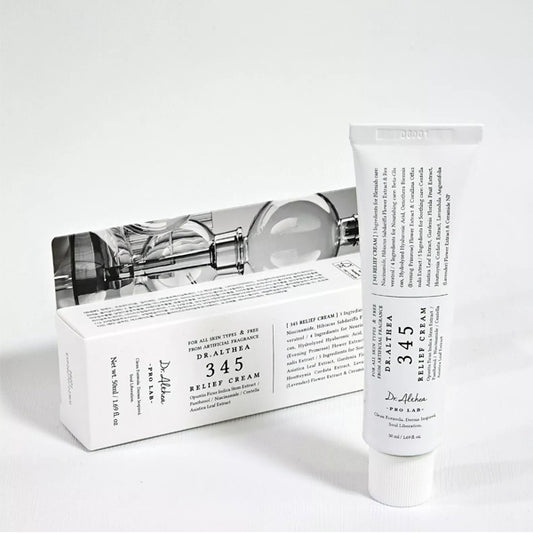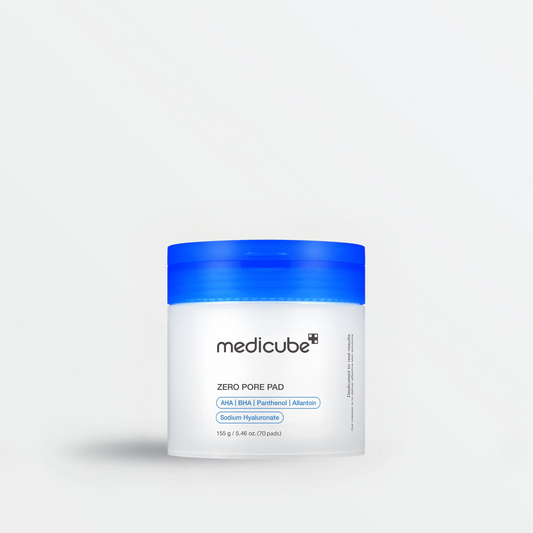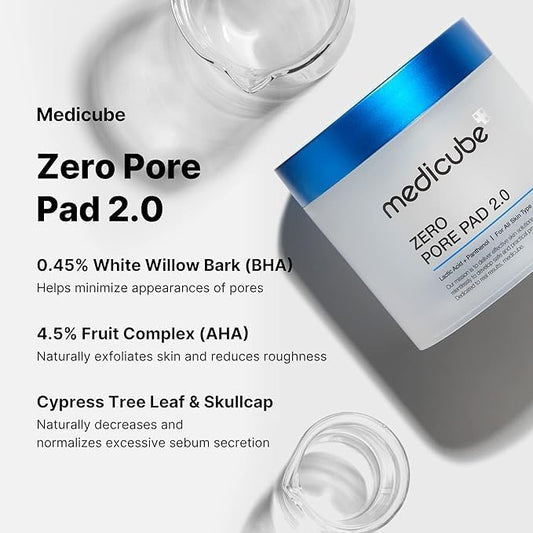
What Is My Skin Type? What to Use or Avoid?
Share
Understanding your skin type is the first step to building a skincare routine that actually works. When you know your skin type, you can choose products with ingredients that address your specific needs. Let's figure out what type of skin you have and what ingredients will work best for you.
The Five Main Skin Types
1. Normal Skin

How to identify it:
- Your skin feels balanced—not too oily, not too dry
- You rarely break out
- Your pores are barely visible
- Your skin doesn't feel tight or uncomfortable
- You have a smooth texture with few blemishes
Best ingredients for normal skin:
- Hyaluronic acid - Keeps skin hydrated and plump
- Niacinamide - Maintains your skin's healthy barrier
- Vitamin C - Brightens and protects against environmental damage
- Peptides - Support your skin's natural structure
What to avoid:
- Overly harsh products - Your skin is balanced, so don't disrupt it with aggressive treatments
- Too many active ingredients - Stick to a simple routine to maintain your skin's natural balance
2. Oily Skin

How to identify it:
- Your face looks shiny, especially in the T-zone (forehead, nose, chin)
- You need to blot your face throughout the day
- Your pores are more visible
- You're prone to blackheads and breakouts
- Makeup tends to slide off your face
Best ingredients for oily skin:
- Salicylic acid - Unclogs pores and controls oil production
- Niacinamide - Regulates sebum (oil) production
- Clay (kaolin or bentonite) - Absorbs excess oil
- Tea tree oil - Has antibacterial properties to prevent breakouts
- Retinol - Keeps pores clear and improves texture
What to avoid:
- Heavy oils and butters - These can clog pores and make oiliness worse
- Alcohol-based toners - They strip your skin, causing it to produce even more oil
- Thick, creamy moisturizers - Look for gel or lightweight formulas instead
- Over-washing - This triggers your skin to produce more oil to compensate
3. Dry Skin

How to identify it:
- Your skin feels tight, especially after washing
- You notice flaking or rough patches
- Your skin can look dull or ashy
- Fine lines are more visible
- Your skin absorbs moisturizer quickly and still feels thirsty
Best ingredients for dry skin:
- Hyaluronic acid - Draws moisture into your skin
- Ceramides - Repairs your skin's protective barrier
- Glycerin - Attracts water to keep skin hydrated
- Squalane - Locks in moisture without feeling greasy
- Shea butter - Deeply nourishes and softens skin
What to avoid:
- Harsh cleansers with sulfates - These strip away your skin's natural oils
- Alcohol-based products - These dry out your skin even more
- Fragrances - Can irritate already-sensitive dry skin
- Hot water - Wash with lukewarm water to prevent further drying
- Mattifying products - These will make dry patches more obvious
4. Combination Skin

How to identify it:
- Your T-zone (forehead, nose, chin) is oily
- Your cheeks are normal or dry
- You might have enlarged pores in some areas but not others
- Different parts of your face have different needs
Best ingredients for combination skin:
- Hyaluronic acid - Hydrates without adding oil
- Niacinamide - Balances oil production across your face
- Salicylic acid - Use on oily areas to control breakouts
- Lightweight moisturizers with glycerin - Hydrate dry areas without making oily zones worse
What to avoid:
- One-size-fits-all products - You might need different products for different areas
- Heavy face oils everywhere - Save these for dry areas only
- Skipping moisturizer on oily zones - This makes your skin produce more oil
- Harsh scrubs - These can irritate dry areas while stimulating oil production in the T-zone
5. Sensitive Skin

How to identify it:
- Your skin gets red easily
- You experience burning or stinging with certain products
- You're prone to irritation, rashes, or itchiness
- Your skin reacts to temperature changes
- Many products cause reactions
Best ingredients for sensitive skin:
- Centella asiatica (Cica) - Calms inflammation and redness
- Colloidal oatmeal - Soothes irritation
- Aloe vera - Reduces redness and provides gentle hydration
- Ceramides - Strengthens your skin's barrier
- Allantoin - Calms and protects sensitive skin
Avoid these if you have sensitive skin:
- Fragrances (both synthetic and natural)
- Essential oils
- Alcohol (especially denatured alcohol)
- Strong acids and high concentrations of active ingredients
The Simple At-Home Test
Not sure which category you fall into? Try this easy test:
- Wash your face with a gentle cleanser
- Pat it dry and don't apply any products
- Wait 30 minutes
- Look at your face in natural light
What you'll see:
- Oily skin: Shine all over your face
- Dry skin: Tight feeling, possible flaking
- Normal skin: Comfortable with no shine or tightness
- Combination skin: Shine only in your T-zone
- Sensitive skin: Redness or irritation from just washing
Tips for All Skin Types
Patch test new products: Before applying a new product to your whole face, test it on a small area (like behind your ear) for 24 hours.
Your skin type can change: Seasons, hormones, stress, and age can all affect your skin. What works in summer might not work in winter.
Less is more: You don't need 10 products. Start with a cleanser, moisturizer, and sunscreen, then add targeted treatments based on your specific concerns.
Sunscreen is for everyone: No matter your skin type, wearing SPF 30 or higher daily is essential for healthy skin.
Understanding your skin type takes the guesswork out of skincare shopping. When you know what your skin needs, you can choose products that deliver real results instead of just sitting on your bathroom shelf. Happy skincare shopping!


